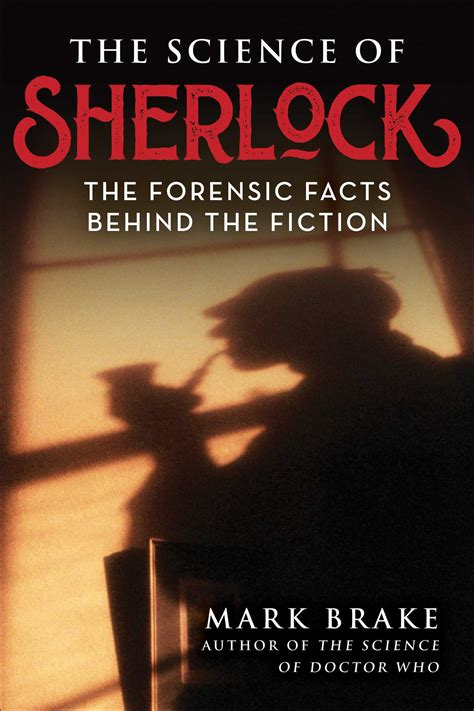Looking for a good read? Here is a recommendation. I have an unusual approach to reviewing books. I review books I feel merit a review. Each review is an opportunity to recommend a book. If I do not think a book is worth reading, I find another book to review. You do not have to agree with everything every author has written (I do not), but the fiction I review is entertaining (and often thought-provoking) and the non-fiction contain ideas worth reading.
Book Review
A Look at the Ultimate Detective
Reviewed by Mark Lardas
March 19, 2023
“The Science of Sherlock: The Forensic Facts Behind the Fiction,” by Mark Brake, Skyhorse, 2023, 240 pages, $14.99 (Trade Paperback), $10.99 (Ebook)
Sherlock Holmes is one of the world’s best known fictional characters. Holmes became more famous than his creator, Arthur Conan Doyle, the first in modern literature to become so. Created in the 1880s, Holmes continues to fascinate today.
“The Science of Sherlock: The Forensic Facts Behind the Fiction,” by Mark Brake takes a deep dive into the Sherlock Holmes phenomena and the realities behind Holmes’s detection methods.
The opening chapter starts at the end – the death of Sherlock Holmes at Reichenbach Falls. Brake introduces the Holmes phenomena, explaining how Holmes kicked off the modern world of literary fandom. Brake explains how and why the fandom phenomena occurred. He shows why it disconcerted Holmes’s creator to the point where Doyle literally killed off his most popular character.
In the next six chapters Brake examines different aspects of the Holmes phenomena, with an emphasis of different parts of Holmes’s world, including his deduction methods. He opens with a look at the London of the late 1880s. It looks at the social science aspects of the city in which Holmes lived, and how Holmes viewed London.
He next spends a chapter looking at four real individuals in Doyle’s life from which Doyle created Holmes, and what each contributed to Sherlock Holmes. This is followed by a chapter on Holmes’s deductive methods. Brake looks at the strengths and weaknesses of these.
Brake next explores forensic science, showing a symbiotic relation between Holmes’s method and those used today. Holmes proves to be early science fiction. His use of techniques such as fingerprint analysis and analysis of things tobacco ash preceded their use by actual forensic labs.
Brake also spends a chapter exploring Holmes’s use of and fascination with chemistry. At the time Holmes appeared chemistry was emerging as a science, much like computers in the late 20th Century. Interest in chemistry was the mark of a modern man. This is followed by a chapter on Holmes knowledge of the other science. Brake shows what interested Holmes, what did not and why.
He closes the book with chronologies detailing the real life of Doyle and the fictional life of Holmes. Both should delight Holmes fans.
“The Science of Sherlock” is fascinating on several levels. It puts Holmes’s life and adventures in context. It is an intriguing exploration of the times and the circumstances that thrust Holmes into prominence. It is an enjoyable and entertaining book.
Mark Lardas, an engineer, freelance writer, historian, and model-maker, lives in League City. His website is marklardas.com.
